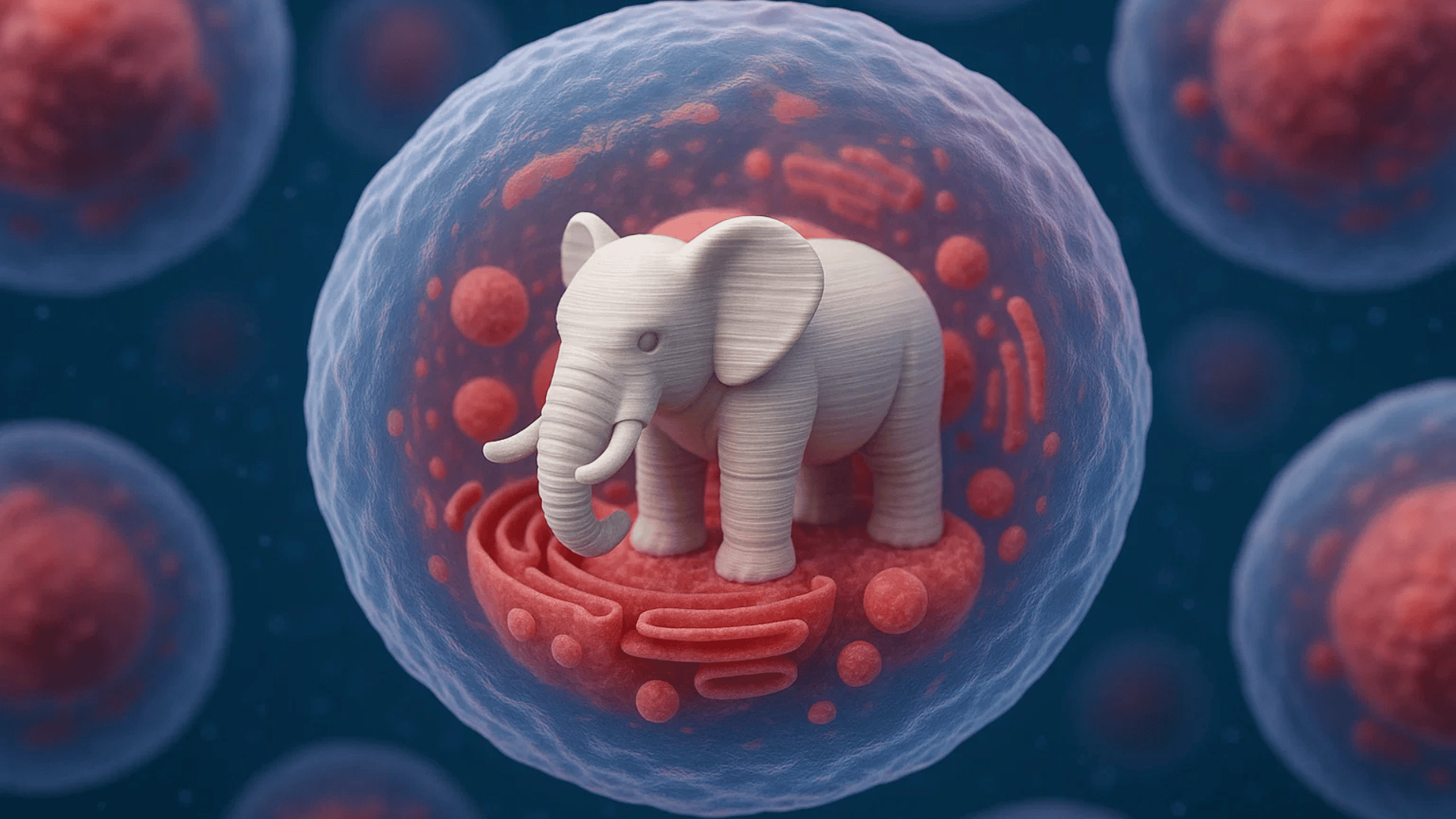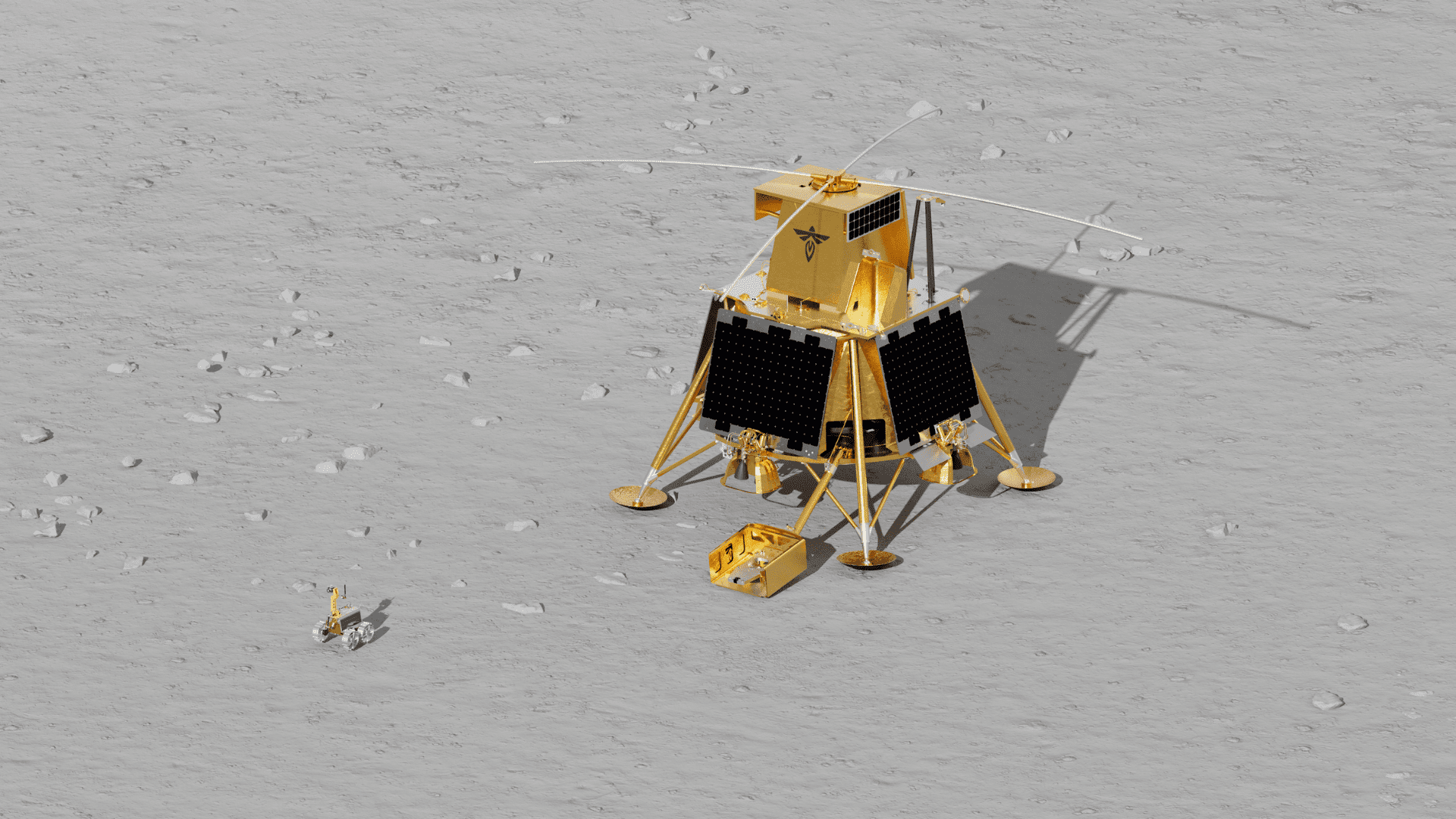Scientists 3D-printed different microstructures inside living cells, including a tiny micro-elephant. Researchers also printed tiny lasers and barcodes that could be used to label cells for studying.
3D-Printed Microstructures

The team of researchers from J. Stefan Institute, University of Ljubljana, and CENN Nanocenter in Slovenia discovered a means of printing small structures within a cell’s cytoplasm using liquid polymer and a hyperfocused petawatt laser.
Even more interestingly, despite the polymers being toxic, many of the cells survived and divided, taking the implanted objects with them.
“Intracellular 3D printing offers an unprecedented degree of control over the cellular interior, allowing the integration of synthetic structures with native biological functions,” the team said in a study recently posted to the preprint server arXiv. “This platform could allow for reconfiguration of cellular architecture, embed logic or mechanical components within the cytoplasm, and design cells with enhanced or entirely new properties.”
According to Popular Mechanics, the experiment used a negative photoresist, or a material that changes when exposed to certain wavelengths of energy. It became insoluble when exposed to light.
Once a droplet of photoresist was implanted into the cell, the object was printed with a process called two-photon photolithography. This process involves targeting an area inside the droplet with a laser to create the microstructure.
In addition to the 10-micrometer elephant, researchers also printed barcodes, which may allow scientists to better track the activity of individual cells and cellular function. They also printed a sphere that acted as a micro-laser, which may allow scientists to label cells with unique light signatures.
Though some of the cells were damaged or died during the experiment, many of the altered cells not only survived but, when they divided, the microstructure was passed down to one of their daughter cells.
“There are many possible applications of structures printed inside the cells, well beyond what has been shown here,” the team said. “Especially interesting is the prospect of printing functional structures, which would change the properties of cells beyond what has been possible till now.”







